What lures a teen to read a multi-hundred-page book? The author has carefully written and revised a terrific narrative, but where is the hook, the main entrance, the key that will lure readers inside?
Perhaps it is something the author said on the cover…
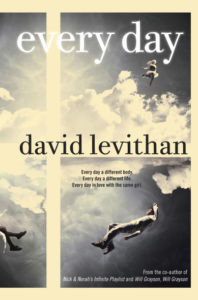
Every day a different body.
Every day a different life.
Every day in love with the same girl.
…but that situation cannot literally be what it sounds like… different body, different life. Or can it?
Open the book to page 1:
Day 5994
I wake up.
Immediately I have to figure out who I am. It’s not just the body–opening my eyes and discovering whether the skin on my arm is light or dark, whether my hair is long or short, whether I’m fat or thin, boy or girl, scarred or smooth. The body is the easiest thing to adjust to, if you’re used to waking up in a new one each morning. It’s the life, the context of the body, that can be hard to grasp. Every day I am someone else. I am myself–I know I am myself–but I am also someone else.
It has always been like this.
Okay, the reader is hooked. This is no ordinary story, and it will certainly take you for a ride.
Some book covers are intriguing, although that may not be enough. Surely, a title like Dead Wednesday in typography that hovers glowingly below a girl’s face made of fireworks is fascinating, but what is this novel, a horror story? A tale about loving a dead girl? A book about a boring day that turns explosive?
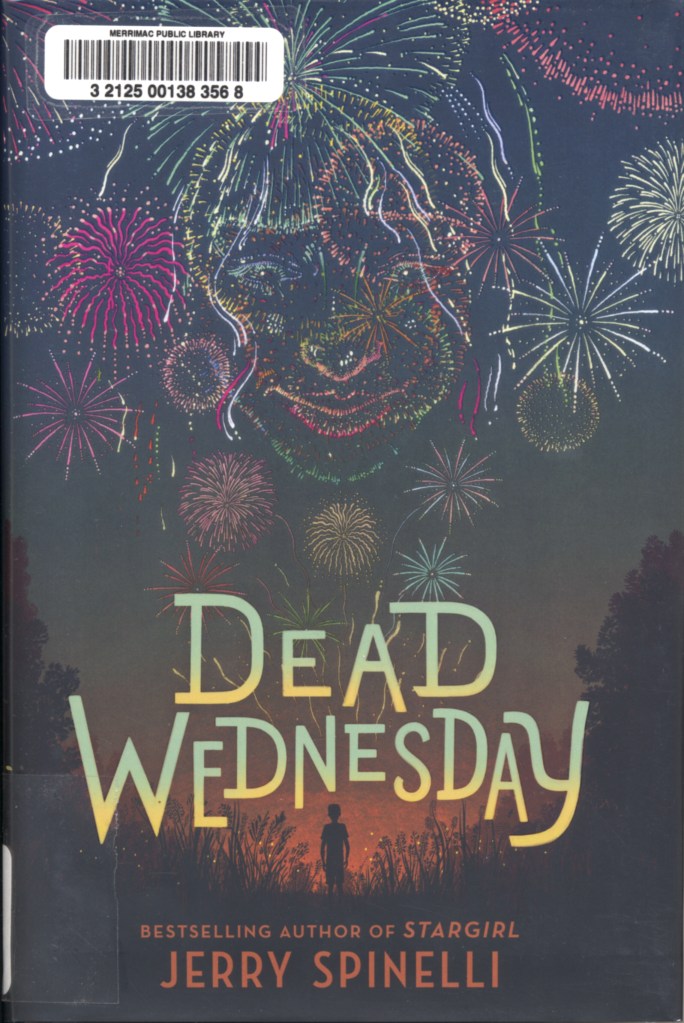
The clip from the author’s story that is shown on the back cover is what compels the reader to sit with this novel:
On Dead Wednesday, every eighth grader in Amber Springs gets a card with the name of some kid who died during the past year. The deaths have to be from something “preventable.” Drugs. Alcohol. DAT (driving and texting). MOWD (making out while driving). Recklessness. Unavoidable accidents don’t count. Fatal illness doesn’t count.
You also get a black shirt. From the moment you put on the black shirt, it’s like you’re not yourself–you’re the name on the card. You’re that kid. Teachers don’t see you. Nobody will hassle you. You can goof off all you want and nobody will care.
You’re dead.
There is a stunning premise filled with possibilities.
–Dead Wednesday by Jerry Spinelli
The title itself might be tempting bait:
We Were Liars.

Really? Liars? That is a teaser that induces the holder to scan the jacket flap copy to find out more…
A beautiful and distinguished family.
A private island.
A brilliant, damaged girl; a passionate, political boy.
A group of four friends–the Liars–whose friendship turns destructive.
A revolution. An accident. A secret.
Lies upon lies.
True love. The truth.
…which limns the whole story, yet none of it.
Or it is the first sentence of the novel that draws the reader in?
He’d stopped trying to bring her back.
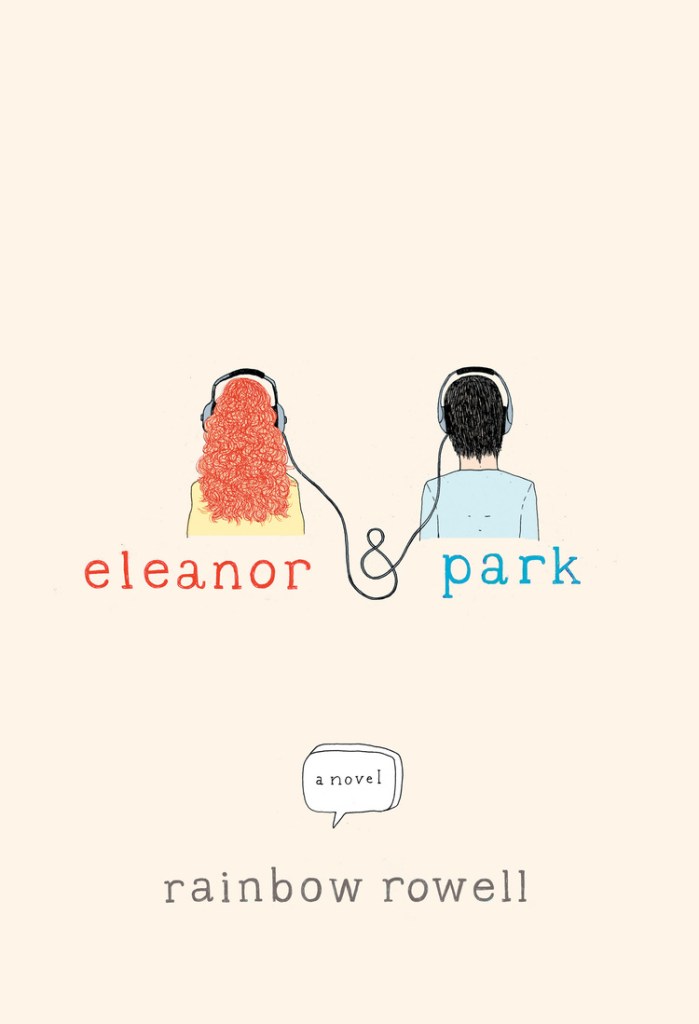
The reader opens the book because the cover design suggests a story about particular teens. The illustration is of one strong connection between the protagonists–music–and credits at the top verify that “those who know” say this is a great read. The style of the drawing, the typography, and the colors suggest these are two regular kids.
But what happened to them? That first line of the story entices the reader to find out. Where did she go? Why did he stop trying to bring her back?
–Eleanor & Park by Rainbow Rowell
Here, the timely subject the author chose to write about–an earlier deadly pandemic–is a powerful hook. It resonates because it is so familiar while still an ominous paradox the reader wrestles with.
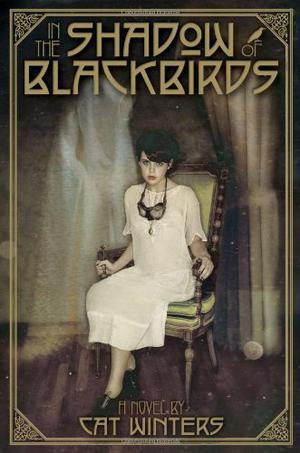
Chapter One begins thus:
A Year the Devil Designed
Portland, Oregon–October 16, 1918
I stepped inside the railroad car, and three dozen pairs of eyes peered my way. Gauze masks concealed the passengers’ mouths and noses. The train smelled of my own mask’s cotton, boiling onions, and a whiff of something clammy and sour I took to be fear.
–In the Shadow of Blackbirds by Cat Winters
Beginning the book with a shocking statement catalyzes a story’s arc and yanks the reader in by the hair.
My sister Cass ran away the morning of my sixteenth birthday.
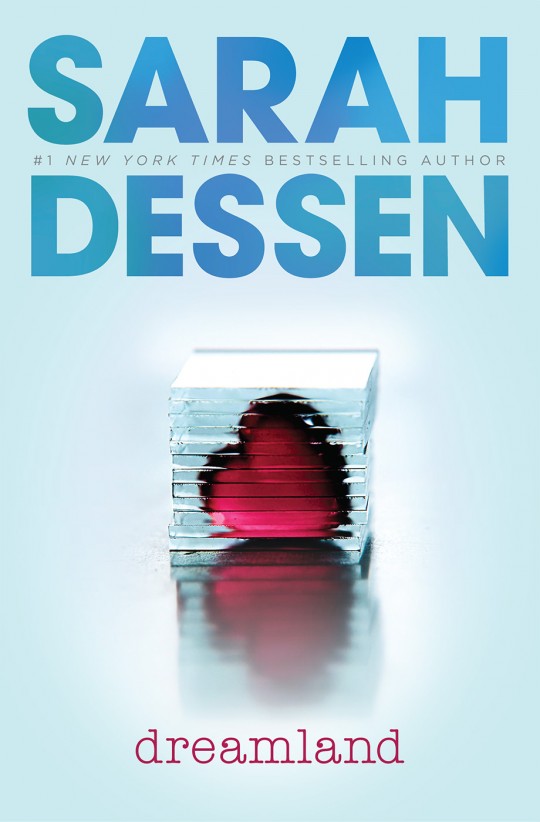
- Dreamland by Sarah Dessen
A Prologue might be the temptation before the reader settles into the meat of the story.
The way I figure it, everyone gets a miracle. Like, I will probably never by struck by lightning, or win a Nobel Prize, or become the dictator of a small nation in the Pacific Islands, or contract terminal ear cancer, or spontaneously combust. But if you consider all the unlikely things together, at least one of them will probably happen to each of us. I could have seen it rain frogs. I could have stepped foot on Mars. I could have been eaten by a whale. I could have married the queen of England or survived months at sea. But my miracle was different. My miracle was this: out of all the houses in all the subdivisions in all of Florida, I ended up living next door to Margo Roth Spiegelman.
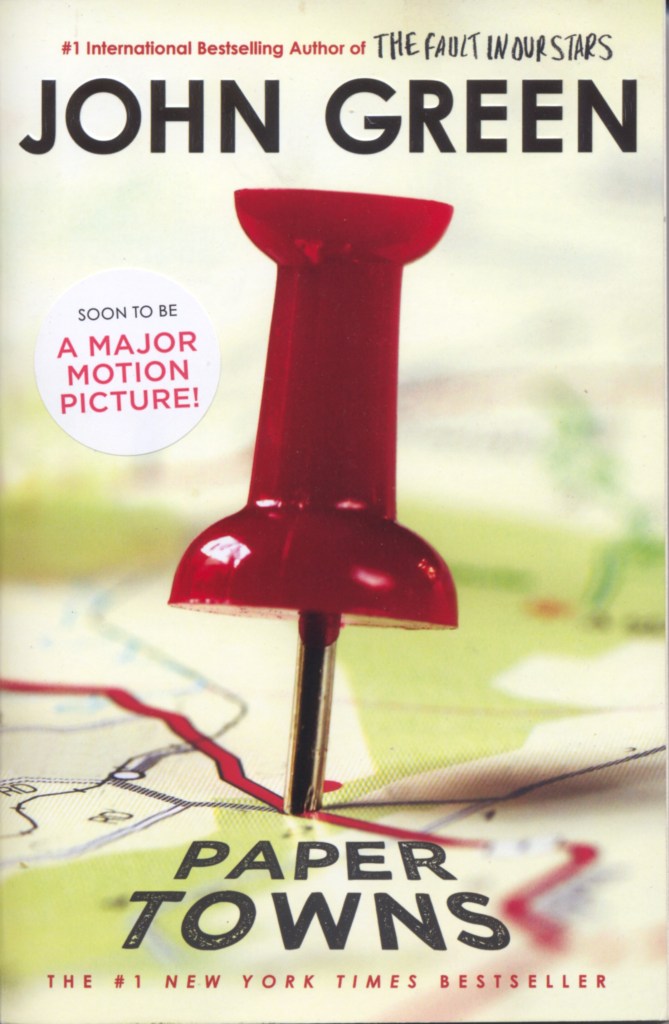
Each of these hooks is a promise. A vow that snags the reader’s attention makes reading the narrative imperative and pledges that a great story will follow.

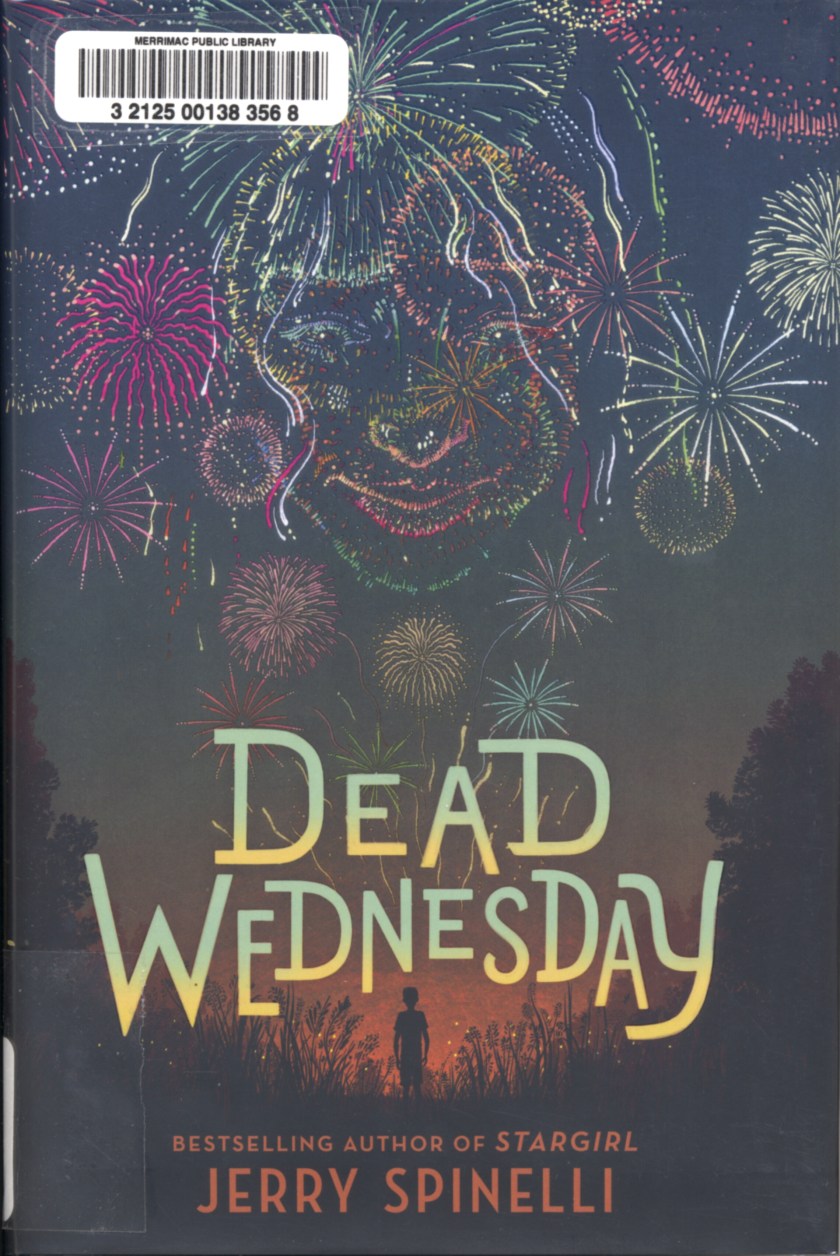
Gorgeous hooks!
LikeLike
Indeed, Hilary. As are the books, each with a fantastic story to tell. I was blown away by Levithan’s “Every Day.” The only one I have not read is “Dead Wednesday” since I just picked it up at the library yesterday, but it certainly seems promising.
LikeLike
Well, I’ve read and returned this to the library. It is as surprising and intriguing a story as the hook promises.
LikeLike
For anyone who hasn’t read your article “Fabulous First Lines” yet, here is the link: https://writersrumpus.com/2017/09/29/fabulous-first-lines/
Yes, first lines, first paragraphs, titles, flap copy, and blurbs on the back cover all work to convince a reader that a book is worth spending hours with.
A fringe benefit is that some of these may also be the pitch the author needs when approaching an agent or editor.
They are the answer to the all-important question, what is between the covers of this book?
I appreciate your enthusiasm, Laura! It is always fun to get “hooked”!
LikeLiked by 1 person
Joyce, I love the examples you shared! I’ve always been attuned to the power of an enticing first line (per my Fabulous First Lines post on Writers’ Rumpus), but I couldn’t agree more about the power of the entire first paragraph and a book’s jacket or online summary to reel in readers. I’m completely hooked by “I stepped inside the railroad car, and three dozen pairs of eyes peered my way.” and “On Dead Wednesday, every eighth grader in Amber Springs gets a card with the name of some kid who died during the past year.” Thank you!!
LikeLiked by 1 person